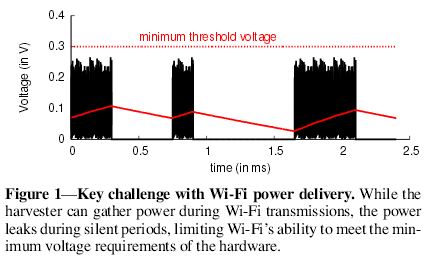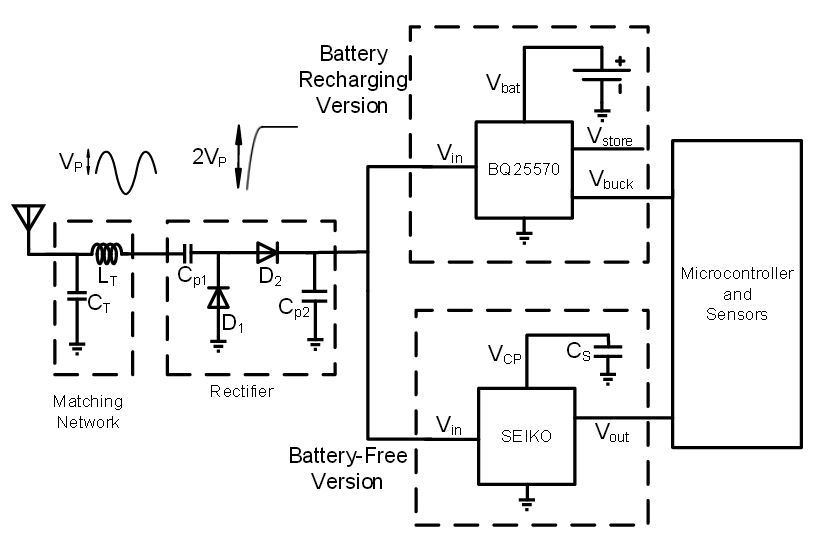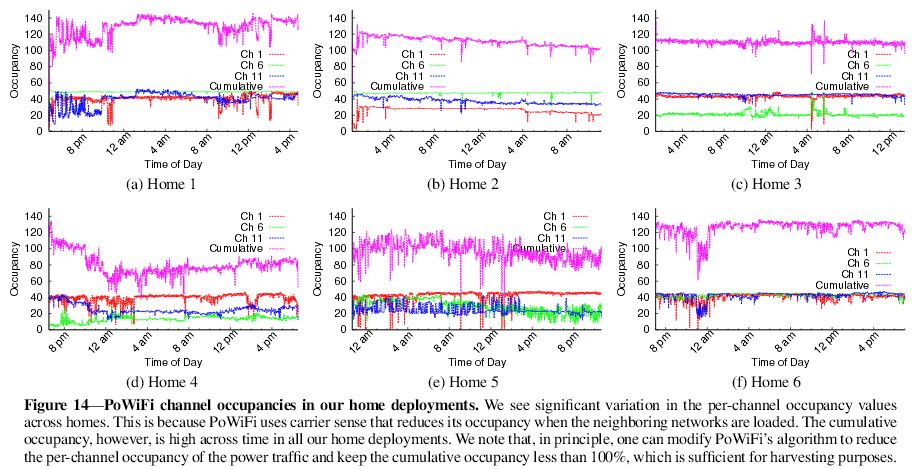Affiliate links on Android Authority may earn us a commission. Learn more.
Researchers charge a fitness tracker using Wi-Fi
Published onJune 8, 2015

Wireless charging has been around for a while now, but current implementations are rather limited by their range. Longer distance charging is being talked up as a future technology and researchers from the University of Washington have managed to harvest power from regular Wi-Fi signals. The technology, known as PoWi-Fi, can be used to charge low-power gadgets and IoT devices.
This certainly isn’t the first time that we have heard about technology that aims to transmit power over Wi-Fi networks or that intends to harvest background waveforms for power. But this latest research seems promising, as it could be easy to deploy alongside existing home networks.
How did they do it?

To side-step this issue, the researchers modified a Wi-Fi hotspot so that it would transmit random noise instead of turning the signal off while idle. Fortunately, adding in the noise signal did little to slow data transfer rates across the Wi-Fi network.
To explain a little further, the PoWi-Fi harvester circuit makes use of a typical full-wave rectification and a “reservoir” capacitor setup found in AC-powered electronics. The circuit is taking the AC Wi-Fi signal and converting it to a DC power supply that can be used by low-power electronics and gadgets. However, if the Wi-Fi transmitter doesn’t send a signal, the capacitor begins to discharge, which would turn any connected electronic components off. Adding random noise simply keeps the capacitor charging, even when no usable data is being sent over Wi-Fi.

Considerable work has also gone into designing a “matching network” which ensures compatibility across various Wi-Fi channels. Another interesting technical point is that the Wi-Fi signal itself does not generate a high enough voltage for most batteries or low-power micro-controllers. Instead, the design uses a DC to DC converter to step the voltage up from a few hundred millivolts to 2.4V. When using a rechargeable battery, the researchers could also optimize the design further by using the battery to boost the voltage.
To ensure that the technology would work in a range of different environments, the researchers ran a number of trials in various home environments and found that the technology could continue to charge devices even in areas with busy Wi-Fi traffic.

Enough of the technical stuff, you can read all the fine details in the published document. What this means is that PoWi-Fi can deliver smalls amounts of power wirelessly to a selection of different devices and sensors. While unlikely to be able to charge your smartphone in any realistic length of time, this technology certainly has potential benefits for powering low-power internet of things sensors and charging basic gadgets, such as wearables or cameras.
The research team demonstrated its technology powering a low-power surveillance camera and temperature sensor from up to 6 meters (20 feet) away and a camera with rechargeable battery from up to 7 meters (23 feet). PoWi-Fi was also used to charge up a Jawbone UP24 fitness tracker to 41 percent in two-and-a-half hours, which isn’t bad but isn’t practical for anything other than overnight charging.
PoWi-Fi is still in the early stages of development, so there’s plenty more testing and improvements to be done. But this is a promising start that could help make future home IoT devices cheaper and easier to power.